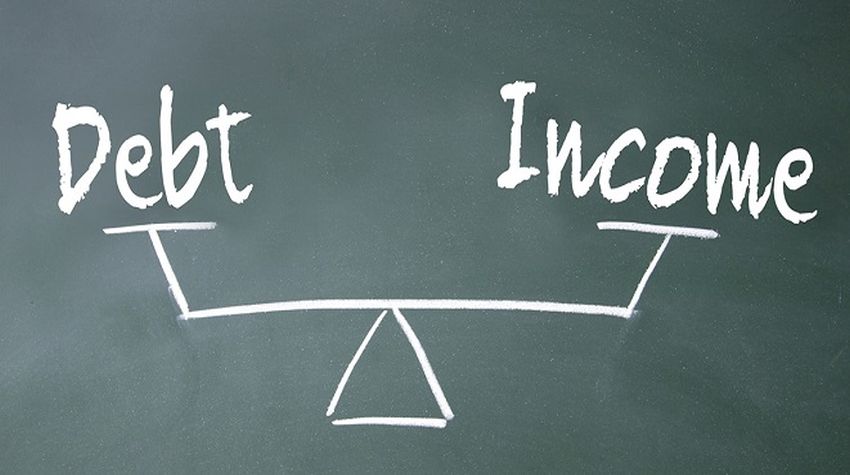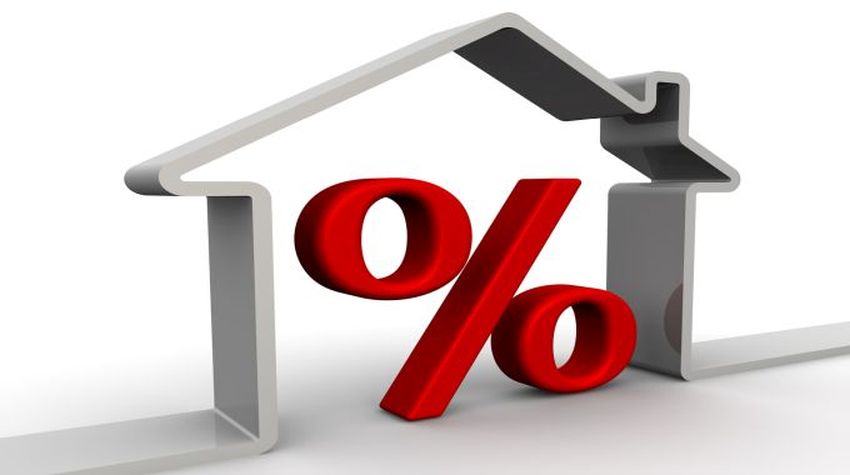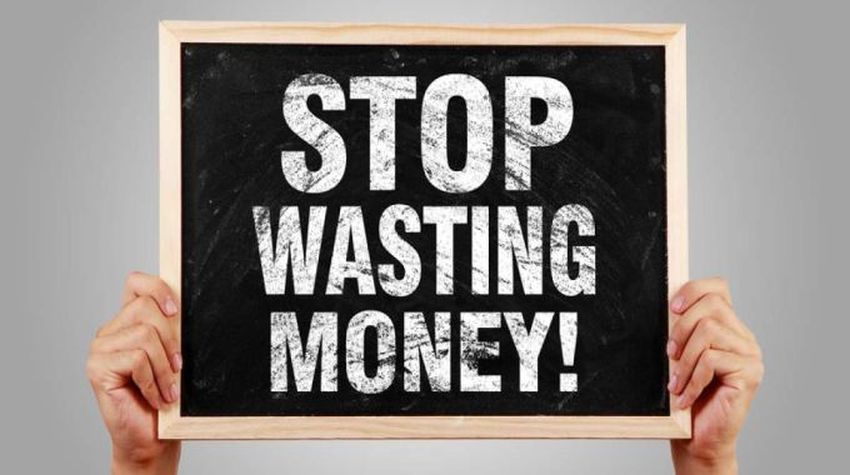Dealing with financial difficulties can be a daunting and overwhelming experience. In Ontario, individuals facing financial distress have several options to consider, two of which are consumer proposals and bankruptcy. These are legal processes that can help individuals manage their debts and regain financial stability. However, they have distinct differences, particularly when it comes to existing mortgages. In this article, we will delve into the disparities between consumer proposals and bankruptcy and explore what they mean for individuals with existing mortgages.
Consumer Proposal: A Lifeline to Financial Recovery
A consumer proposal is a formal arrangement between a debtor and their creditors, governed by the Bankruptcy and Insolvency Act (BIA) in Canada. It is an attractive option for those who are unable to meet their financial obligations but wish to avoid declaring bankruptcy. Let’s explore the key aspects of a consumer proposal and how it interacts with existing mortgages.
1. Debt Reduction and Repayment
A significant advantage of a consumer proposal is that it allows debtors to negotiate with their creditors to reduce the total amount of debt owed. Debtors work with a Licensed Insolvency Trustee (LIT) to create a proposal that outlines a feasible repayment plan. Creditors vote on whether to accept the proposal, and if the majority agree, it becomes legally binding.
Regarding existing mortgages, consumer proposals typically do not directly affect secured debts like mortgages on real property. Your mortgage remains intact, and you are still responsible for making regular mortgage payments. However, by reducing your unsecured debts through the proposal, you may free up more of your income to meet your mortgage obligations.
2. Protecting Assets
Consumer proposals offer a significant advantage when it comes to protecting assets, including your home. In Ontario, the ‘homestead exemption’ allows individuals to keep their primary residence during bankruptcy, provided it falls within certain equity limits. However, consumer proposals do not have the same equity restrictions.
If you have an existing mortgage on your home, a consumer proposal allows you to maintain ownership and continue making mortgage payments without the risk of losing your property. This can be especially beneficial for individuals who are committed to keeping their homes and want to find a structured way to manage their other debts.
3. Impact on Credit Score
While a consumer proposal has a more favorable impact on your credit score compared to bankruptcy, it will still have a negative effect. A consumer proposal remains on your credit report for 3 years after you complete it or 6 years from the date it was filed, whichever comes first. This can make obtaining new credit or refinancing your mortgage more challenging during that period.
However, many individuals who opt for a consumer proposal are already struggling with their credit due to existing debts. Over time, as you make consistent mortgage payments and demonstrate responsible financial behavior, your credit score can gradually improve.
4. Process Duration
A consumer proposal typically spans over a maximum of 5 years, during which you make fixed monthly payments as outlined in the proposal. Once you successfully complete the proposal, you are considered debt-free, with the exception of any ongoing secured debts, such as your mortgage.
Bankruptcy: A Last Resort with Significant Consequences
Bankruptcy is a legal process that allows individuals to discharge their debts when they are unable to meet their financial obligations. It is generally considered a last resort due to its severe consequences. Let’s explore how bankruptcy differs from a consumer proposal and how it affects individuals with existing mortgages.
1. Discharge of Debts
In bankruptcy, most unsecured debts are discharged, meaning you are no longer legally obligated to repay them. However, this discharge does not apply to secured debts, such as mortgages. If you have an existing mortgage when you declare bankruptcy, you must continue making your mortgage payments to avoid foreclosure.
2. Asset Liquidation
One of the major differences between bankruptcy and a consumer proposal is the treatment of assets. In bankruptcy, a trustee may liquidate non-exempt assets to repay a portion of your debts. However, Ontario has exemptions in place to protect certain assets, including your primary residence (homestead exemption) up to a specific equity limit. If your home’s equity exceeds this limit, you may be required to sell it to satisfy your creditors. It’s crucial to consult with a bankruptcy trustee to assess your specific situation.
3. Impact on Credit Score
Bankruptcy has a more severe impact on your credit score compared to a consumer proposal. A first bankruptcy typically remains on your credit report for 6 years after your discharge, while a second bankruptcy can stay on your record for up to 14 years. This can make it challenging to secure new credit or refinance your mortgage during this time.
4. Process Duration
The duration of bankruptcy varies depending on your financial situation and whether it’s your first or subsequent bankruptcy. A first bankruptcy usually lasts for nine months, but it can be extended to 21 months if you have surplus income. Subsequent bankruptcies can last for 24 to 36 months. During this period, you must adhere to the rules set by the Office of the Superintendent of Bankruptcy (OSB) and continue making your mortgage payments.
Existing Mortgages in Bankruptcy and Consumer Proposals
Regardless of whether you choose a consumer proposal or bankruptcy, your existing mortgage remains a secured debt, and you are obligated to keep making regular payments. Failure to do so can lead to the lender initiating foreclosure proceedings, which may result in the sale of your home to cover the outstanding mortgage balance.
However, there are some additional considerations regarding mortgages in these processes:
Mortgage Arrears
If you are already behind on your mortgage payments when you enter a consumer proposal or declare bankruptcy, it’s essential to address the mortgage arrears promptly. Both processes can provide a structured framework for managing your overall debt, which may free up funds to address your mortgage arrears.
Refinancing & New Mortgages
During the term of a consumer proposal, obtaining new credit, including refinancing your existing mortgage, can be challenging. Lenders may view you as a higher risk due to the proposal’s impact on your credit score. However, it’s not impossible to refinance or obtain a new mortgage after completing a consumer proposal. You may need to work with a mortgage broker who specializes in assisting individuals with credit challenges.
In contrast, obtaining a new mortgage or refinancing during or immediately after bankruptcy can be even more challenging. Lenders typically prefer to work with borrowers who have reestablished their credit and have a stable financial history.
Communicate with Your Lender
Whether you choose a consumer proposal or bankruptcy, it’s crucial to maintain open communication with your mortgage lender. Inform them about your financial situation and the steps you are taking to address your debts. Some lenders may be willing to work with you to find a solution that helps you keep your home.
What This Means for You?
Facing financial difficulties can be overwhelming, but there are options available to help you regain control of your finances. Consumer proposals and bankruptcy are two distinct paths with different implications for individuals with existing mortgages.
A consumer proposal offers a structured way to reduce and manage your unsecured debts while protecting your assets, including your home. Your existing mortgage remains intact, and you must continue making regular payments.
On the other hand, bankruptcy is a more drastic step that discharges most unsecured debts but may require you to liquidate non-exempt assets if applicable. Your existing mortgage remains a secured debt, and you must continue making payments.
Both processes have consequences for your credit score, and it may take time to rebuild your financial standing. Regardless of your choice, it’s essential to seek professional guidance from a Licensed Insolvency Trustee or Bankruptcy Trustee to navigate these complex financial decisions and ensure the best possible outcome for your unique circumstances. Additionally, maintaining open communication with your mortgage lender is key to protecting your home and working towards a more stable financial future.




